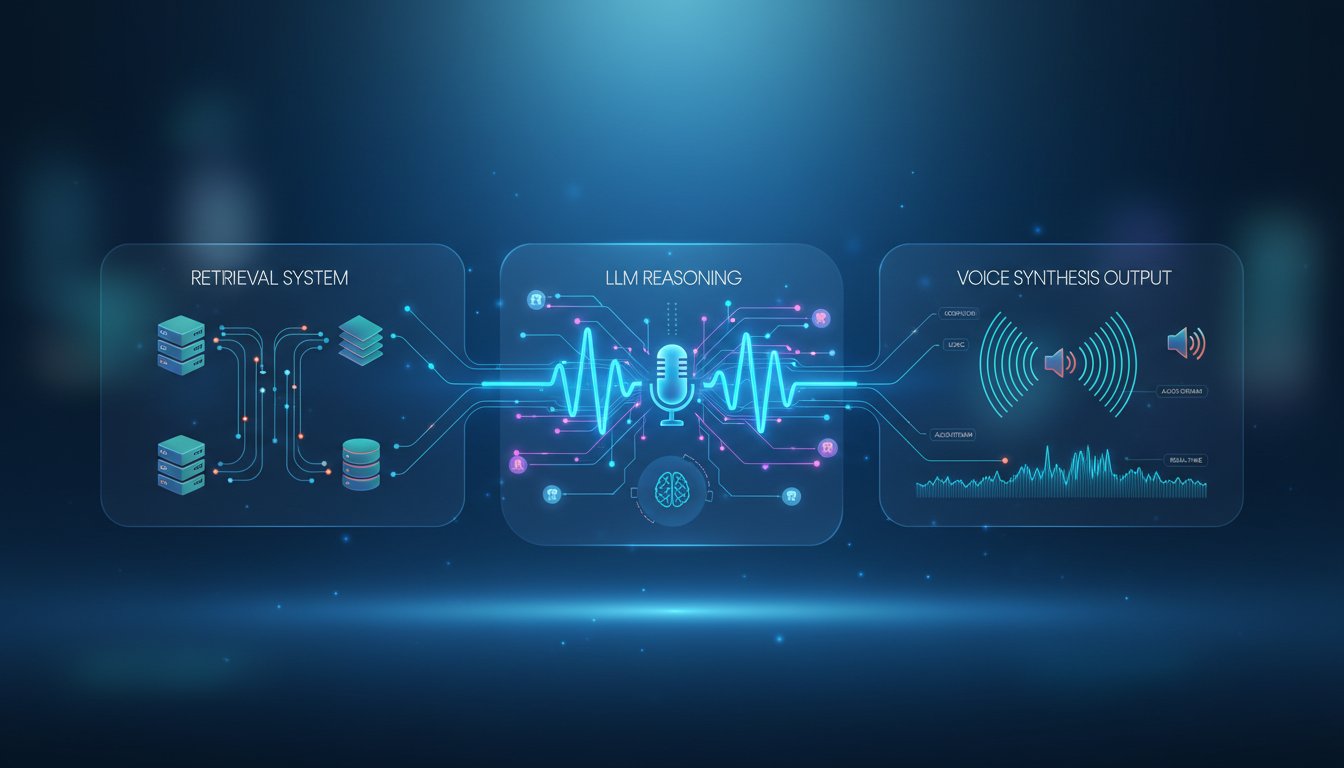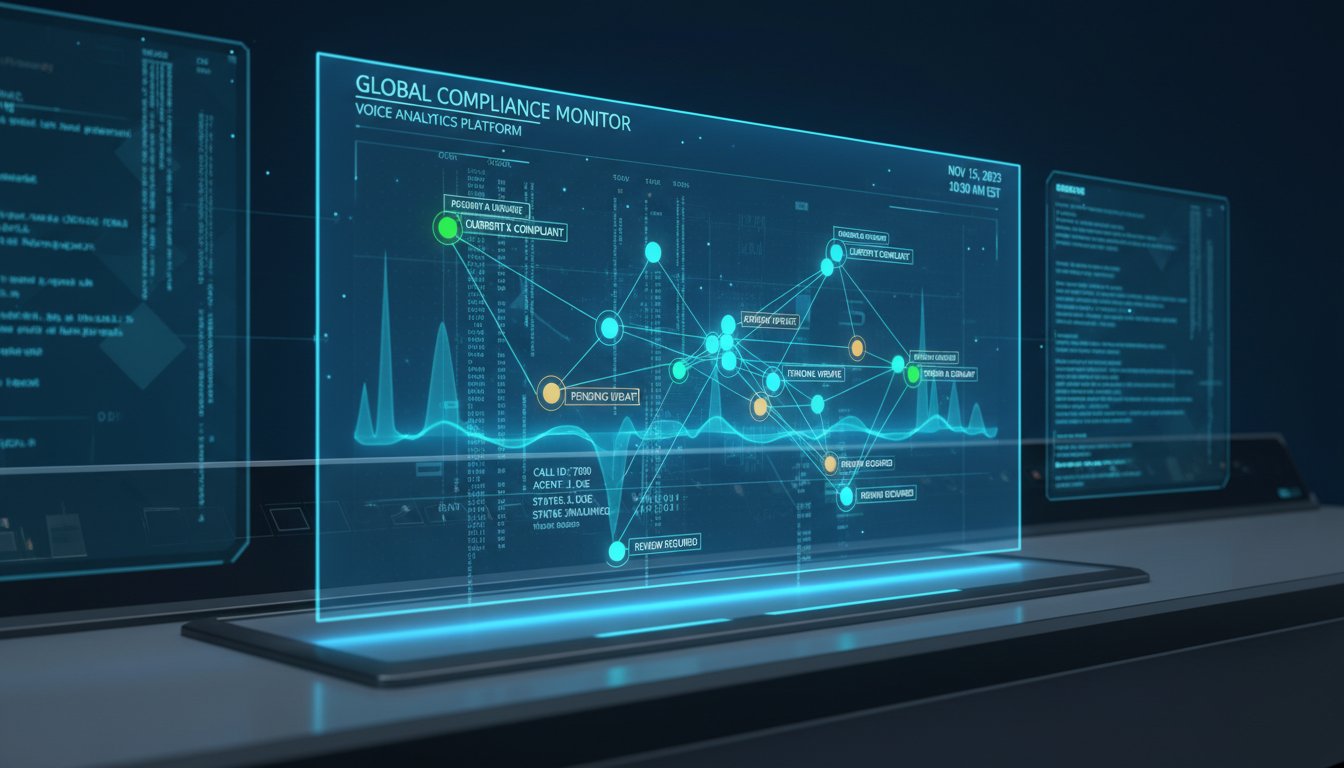Imagine your top salesperson, minutes away from a high-stakes client call. They need a specific detail about a new feature’s integration capabilities, information they know is buried somewhere in your company’s vast Salesforce Knowledge Base. They frantically search, scrolling through articles and technical documents, the clock ticking down. The information is there, but it’s dense, hard to parse, and definitely not in a format that’s easy to digest under pressure. By the time they find a relevant paragraph, their confidence is shaken, and the opportunity to expertly position the feature is lost. This scenario is a daily reality in countless organizations. Sales teams are sitting on a goldmine of information, yet it remains frustratingly out of reach when it matters most, trapped in text-heavy formats that hinder, rather than help, performance.
The core challenge isn’t a lack of information, but a bottleneck in its delivery. Traditional knowledge bases, while essential for storage, often fail as on-demand enablement tools. Sales professionals need answers, not articles. They require insights that are quick, clear, and compelling enough to use in a live conversation. The solution lies in transforming how this information is accessed and consumed. What if, instead of a page of text, your salesperson could type a query and instantly receive a 30-second video explanation, complete with a virtual presenter walking them through the exact feature they asked about? This isn’t science fiction; it’s the power of combining a Retrieval-Augmented Generation (RAG) system with the enterprise data in Salesforce and the cutting-edge video synthesis capabilities of the HeyGen API. This article will provide a complete, step-by-step walkthrough for building this exact system, empowering your sales team with an automated, on-demand video knowledge base that turns information from a liability into a competitive advantage.
The Core Challenge: Bridging the Gap Between Your Data and Your Sales Team
The effectiveness of a sales team is directly proportional to their ability to access and apply product knowledge swiftly. However, the systems designed to house this knowledge often become part of the problem, creating a frustrating disconnect between the data repository and the end-user.
Why Traditional Knowledge Bases Fall Short
Salesforce Knowledge is a powerful tool for centralizing information, but its traditional interface presents hurdles in high-pressure sales environments. Salespeople face significant search friction, needing to guess the exact keywords to locate the right document. Once found, they are often met with a wall of text that requires time and effort to read and understand, a luxury they rarely have.
This text-overload issue leads to knowledge gaps and inconsistent messaging. When retrieving information is a chore, team members may resort to improvising or providing incomplete answers, risking credibility and losing sales. The static nature of text documents also fails to capture the nuance and clarity that visual and auditory explanations can provide, especially for complex products.
The Power of On-Demand Video for Sales Enablement
The solution is to deliver knowledge in a format that matches the pace and needs of a modern sales team: video. Micro-learning, the concept of delivering information in small, digestible chunks, has proven to be significantly more effective for retention and recall. A short, purpose-built video can explain a complex feature or answer a specific objection far more effectively than a lengthy article.
By creating an on-demand system, you empower your team to pull information exactly when they need it, rather than pushing it through sporadic training sessions. This approach fosters a culture of continuous learning and ensures that every team member, from new hires to seasoned veterans, has the most current and accurate information at their fingertips, presented in a format that is both engaging and easy to understand.
Architectural Blueprint: Connecting Salesforce, RAG, and HeyGen
To build this automated video knowledge base, we need to orchestrate three powerful technologies. Each component plays a distinct role in transforming a simple text query into a dynamic, informative video response.
The Role of Salesforce as Your Knowledge Source
Your Salesforce Knowledge Base serves as the single source of truth. It contains years of curated product information, technical specifications, best practices, and competitive positioning. This is the trusted dataset that will ground our AI, ensuring that all generated content is factually accurate and aligned with your company’s official documentation. The first step in our architecture is to treat this knowledge base not as a static library, but as a dynamic database ready to be queried.
How Retrieval-Augmented Generation (RAG) Finds the Answer
This is where the intelligence of our system lies. A RAG pipeline retrieves information from your Salesforce data to provide relevant context to a large language model (LLM). The process involves first embedding your entire Salesforce Knowledge Base into a vector database. When a salesperson submits a query, the RAG system converts the query into an embedding and searches the vector database for the most semantically similar chunks of text. This relevant context is then passed to the LLM along with the original query, enabling it to generate a precise, context-aware answer instead of relying on its generalized training data.
Using the HeyGen API for Instant Video Synthesis
Once the RAG system generates a concise, accurate text script answering the user’s query, the final step is to bring it to life. The HeyGen API specializes in creating realistic, AI-generated videos from text. We will send our generated script to the HeyGen API, which will synthesize a video featuring a virtual avatar speaking the script. This process is nearly instantaneous, delivering a ready-to-watch video explanation directly to the salesperson in seconds.
Step-by-Step Implementation Guide
Here, we’ll break down the technical steps required to assemble your automated video knowledge base. This guide assumes a basic familiarity with API integrations and data handling.
Step 1: Setting Up Your Salesforce Knowledge Base for API Access
First, ensure your Salesforce Knowledge instance is clean, well-organized, and up-to-date. Consistency in formatting and tagging articles will significantly improve retrieval accuracy. Next, you will need to gain API access to this data. You can achieve this by creating a Connected App within Salesforce, which will provide you with the necessary authentication credentials (OAuth 2.0) to allow your external application to programmatically query and retrieve articles.
Step 2: Building the RAG Pipeline to Query Salesforce Data
This is the core of the application’s logic. You will write a script that periodically fetches all articles from your Salesforce Knowledge Base via the API. Each article is then chunked into smaller, semantically coherent segments (e.g., paragraphs or sections). These chunks are then converted into vector embeddings using a sentence-transformer model and stored in a vector database like Pinecone or Chroma DB. Your application’s backend will have an endpoint that takes a user’s query, embeds it, and queries the vector database to find the top 3-5 most relevant text chunks. These chunks form the context that will be fed to the LLM.
Step 3: Integrating the HeyGen API to Generate the Video Response
After your RAG pipeline has generated a script, the next step is to make a POST request to the HeyGen API’s /v2/video/generate endpoint. The body of this request will contain the script text, along with parameters to specify your chosen avatar, voice, and other styling options. The API will respond with a video ID, which you can then use to poll for the status of the video generation. Once complete, the API will provide a URL to the final video file.
Step 4: Creating a Simple Front-End for Your Sales Team
The final piece is the user interface. This can be a simple, standalone web page or, for a more integrated experience, a custom component within Salesforce itself. The interface should feature a single text input field where a salesperson can type their question. When they hit ‘submit,’ the front-end sends the query to your backend, which orchestrates the RAG and HeyGen processes, and then displays the final video response on the page.
Benefits and ROI: Quantifying the Impact on Sales Performance
Implementing a tool like this isn’t just a technical novelty; it’s a strategic investment in your sales team’s success with a clear and measurable return.
Accelerating Onboarding and Continuous Training
New sales hires can get up to speed in a fraction of the time by interacting with the video knowledge base instead of wading through documents. For existing team members, the system provides a platform for continuous, self-directed learning, ensuring they are always equipped with the latest product information without needing to pull them away for formal training sessions.
Improving Quota Attainment and Customer Conversations
When salespeople can get instant, clear answers, they enter customer conversations with greater confidence and authority. This leads to more effective objection handling, better product positioning, and ultimately, a shorter sales cycle and higher close rates. The ability to answer any question accurately and instantly builds trust with prospects and sets your team apart from the competition.
Imagine the salesperson we met earlier, Alex. Now, before that crucial call, Alex simply types, “Explain our new feature’s API rate limits for enterprise customers.” Within seconds, a friendly, AI-generated avatar appears, delivering a perfect, 45-second explanation. Alex watches the video, absorbs the key points, and enters the client meeting with the precise, confident answer needed to seal the deal. This is the transformative power of integrating advanced AI directly into your sales workflow. By bridging the gap between your data and your team, you unlock new levels of efficiency and effectiveness. Ready to empower your sales team with AI-driven video? To get started with AI-powered video generation, click here to sign up for HeyGen.




